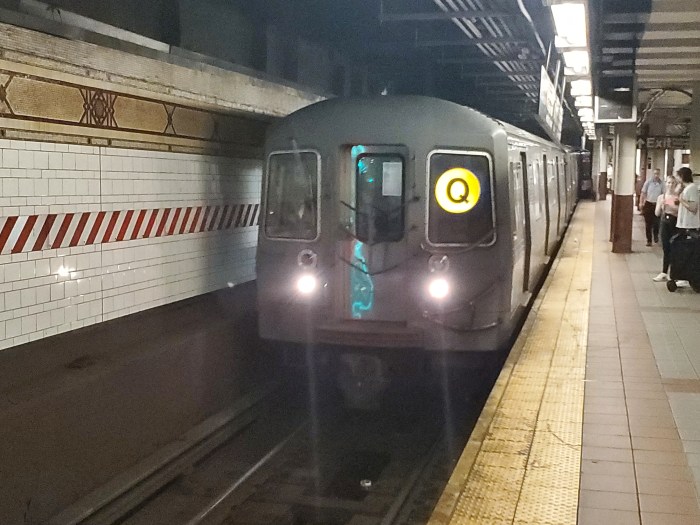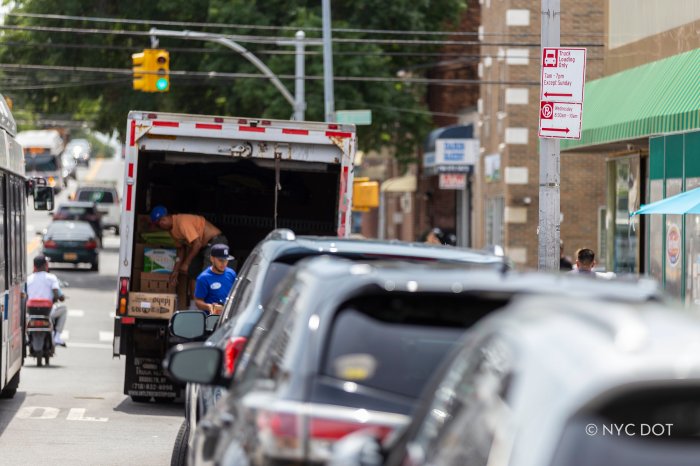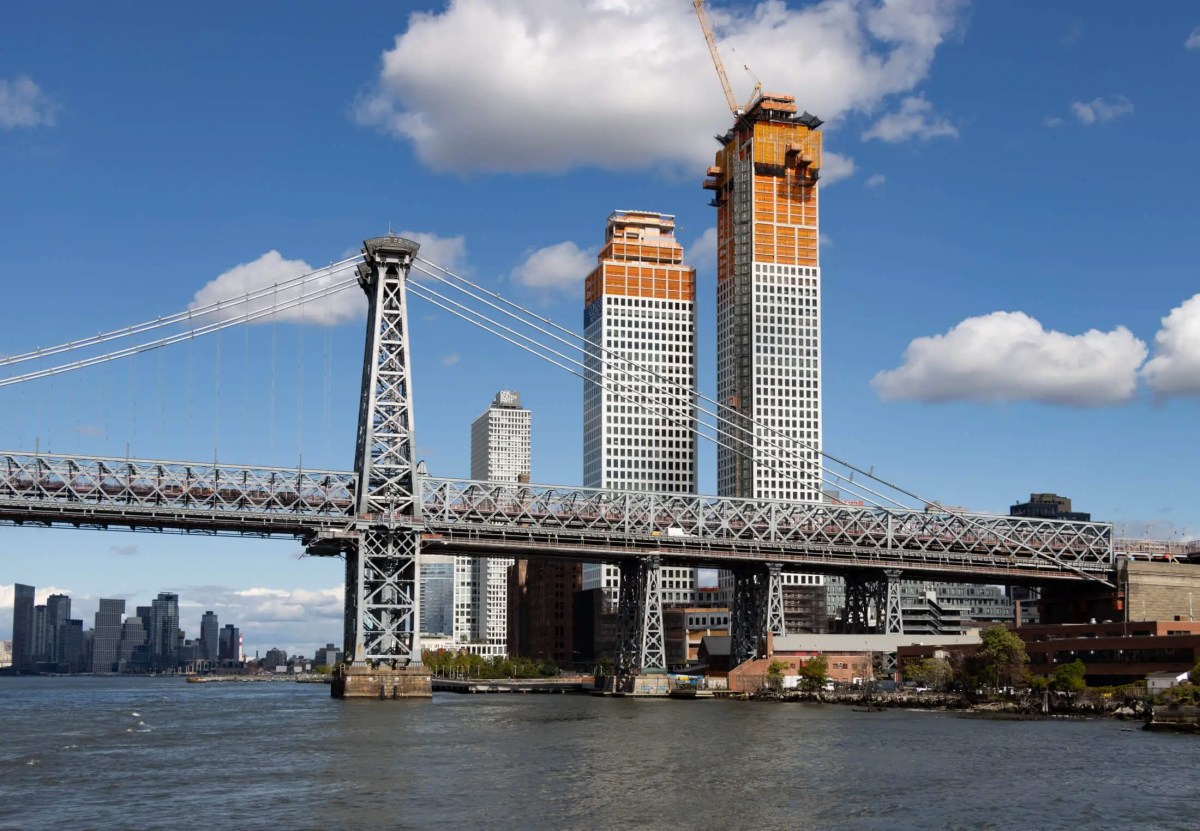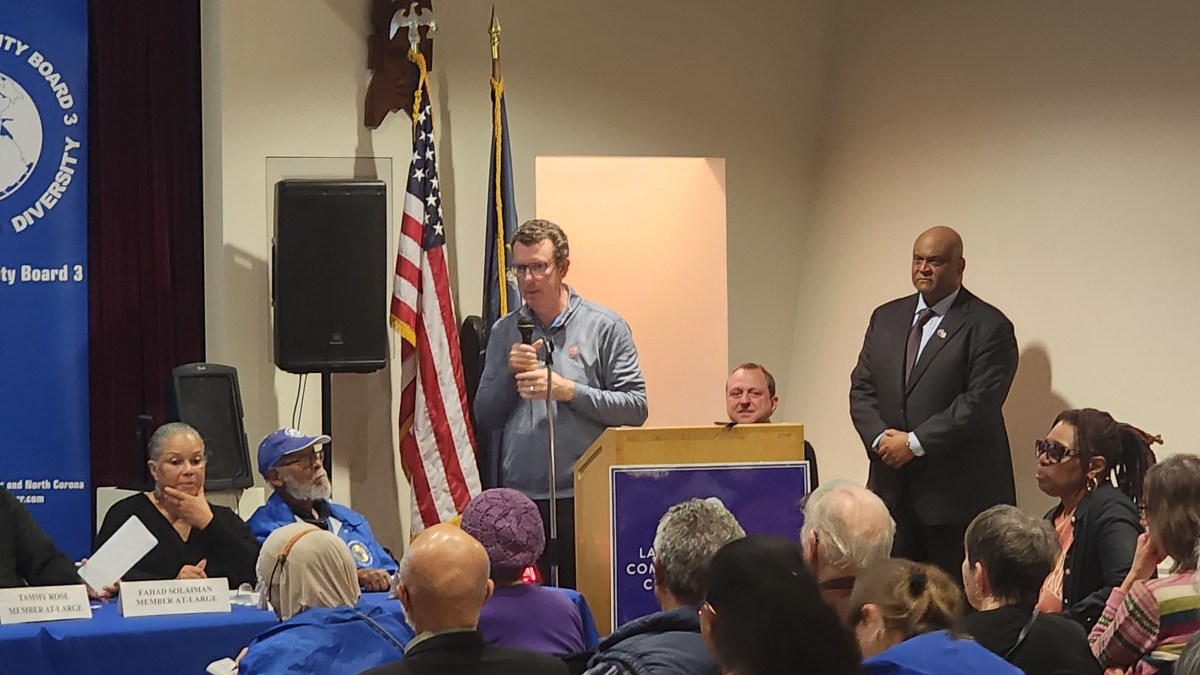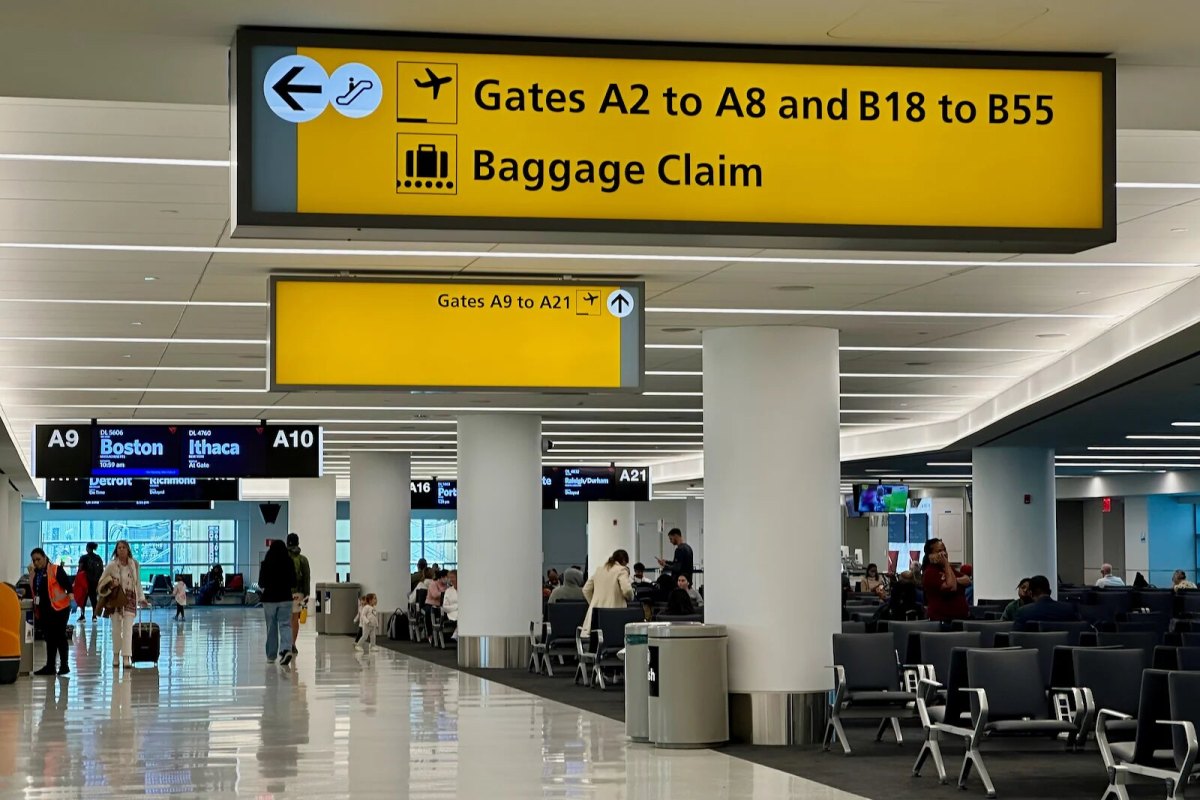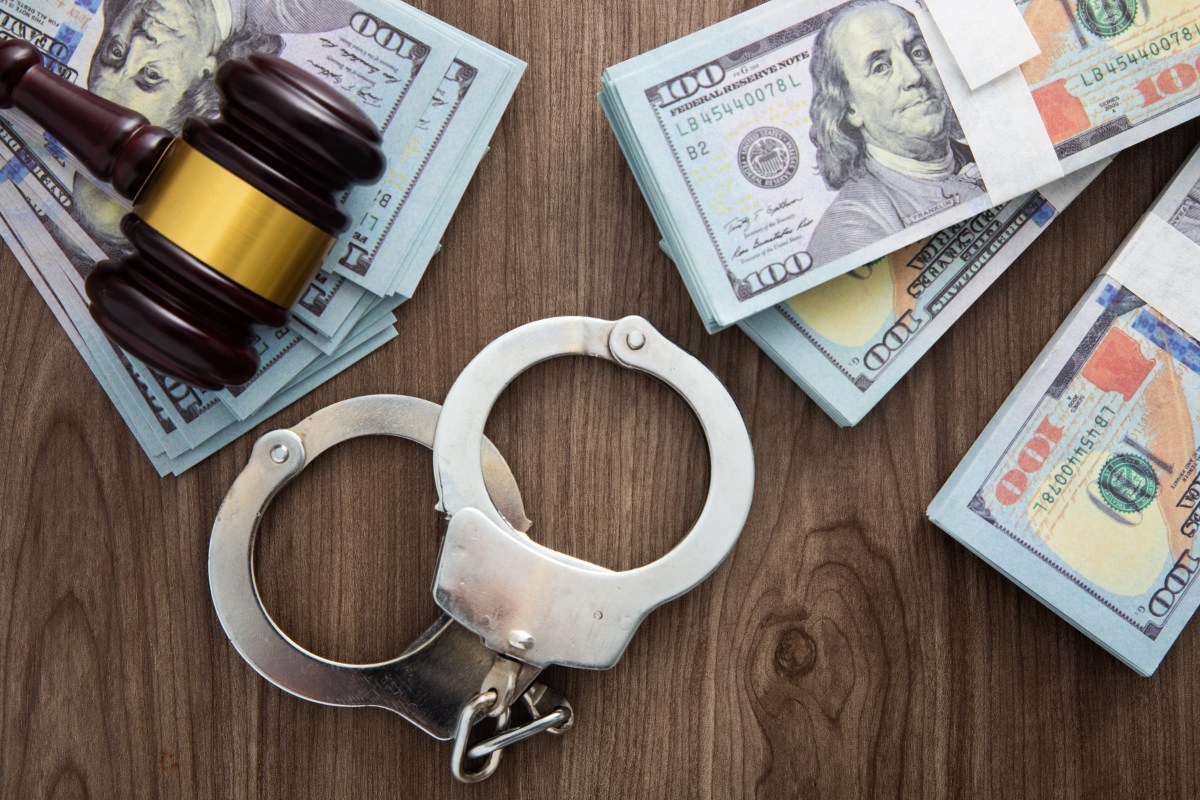The old dirty cars, cramped rush hour rides and late trains on the A and C should be the MTA’s top priorities in its full audit of the lines, local politicians and transit advocates wrote to the agency.
A group of 27 elected officials and community members led by Brooklyn Borough President Eric Adams, state Sen. Dan Squadron and transit groups Straphangers Campaign and Riders Alliance wrote a letter outlining improvements to accommodate new riders on the A and C trains.
“The A and C trains are notoriously crowded during both the morning and evening rush hours,” the group wrote to NYCT President Carmen Bianco last week. “Riders cope with severe crowding and are often forced to squeeze uncomfortably close together or to wait in the station for trains to pass before boarding one that has room.”
Daily ridership is growing along the line, in central Brooklyn and elsewhere, but service has been unable to catch up. Straphangers Campaign this year ranked the A and C nearly last in its State of the Subways report card.
“I get frustrated from the service of the C train daily,” said Shannon Christian, Riders Alliance member in Bed-Stuy. “It’s overcrowded. Waiting for the train, it takes a long time so you have more and more passengers waiting with you.”
Station conditions are another concern the group of elected officials and transit organizations wants the MTA to remedy, by reopening old entrances for easier rider flow, fixing leaks and busted stairways, and boosting trash pickup and cleaning.
Christian, a 29-year-old retail planner, gave a poor review of her stop at Kingston-Throop avenues, though MTA figures for the lines boast of a 95% score on station and train car appearance.
“It’s dark, it doesn’t appear safe late at night,” she said. “It’s not sanitary, it’s scary.”
The MTA is undergoing a full-line review, which has resulted in “cost-effective, quick ways to improve lines,” said Squadron, who had got the MTA to look at theL, G and F lines.
“When it has issues that are felt literally from one end of the city to the other, [that] makes it the perfect line for a full-line review,” Squadron said.
MTA spokesman Kevin Ortiz said the audit, announced in July, will be a comprehensive yearlong look at the train lines that is expected to be finished next year.
In the meantime, service has suffered on the lines. A weekday A or C rider had to wait longer for a train over the past 12 months since October, compared to the prior year, according to the latest MTA statistics.
There were 4.7% fewer on-time A trains in the past year, with 69.6% of trains meeting its schedule; 11.8% of trains delayed took at least twice as long to arrive as scheduled. The C train was better, with 80.1% of its trains arriving on time, but that is 3.6% worse than last year. The C line, however, still uses creaky trains from the 1960s that break down faster than nearly all other subway models. The C line will get 300 new model cars for 65 four-car trains and eight five-car trains in 2017.
Improvements outlined in the letter would be covered in the MTA’s $32 billion five-year program for fixing up the transit system. But the MTA needs to find about $15 billion to get its plan fully funded.
Assemblyman Walter Mosley, who grew up taking the A and C trains in Brooklyn and a signer of the letter to NYCT, said he and his fellow lawmakers need to press the state to adequately fund the MTA’s improvement plan next year.
“These lines go under where we see a tremendous amount of development and turnover [of residents],” he said. “The capacity and sustainability issue is a concern.”




